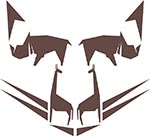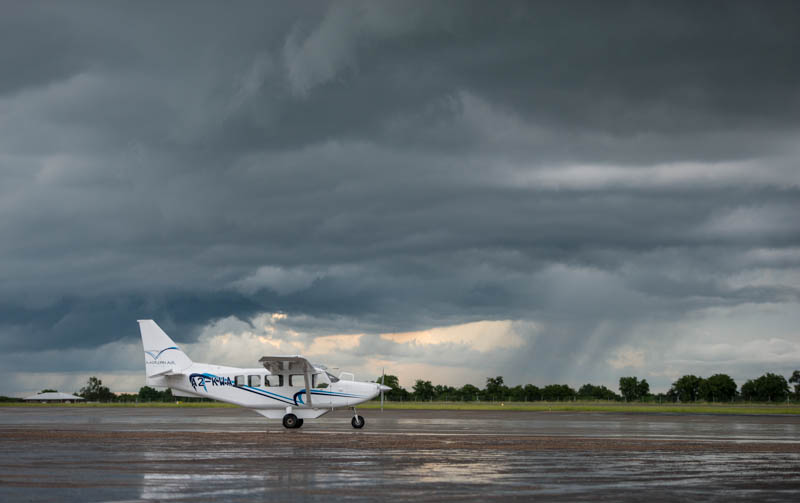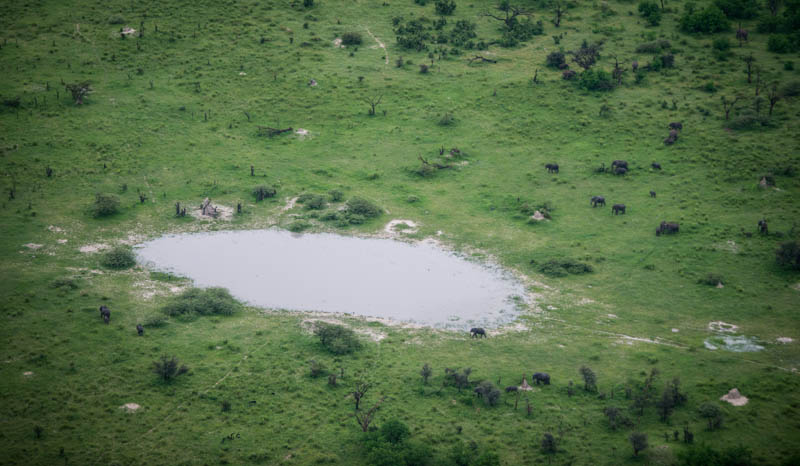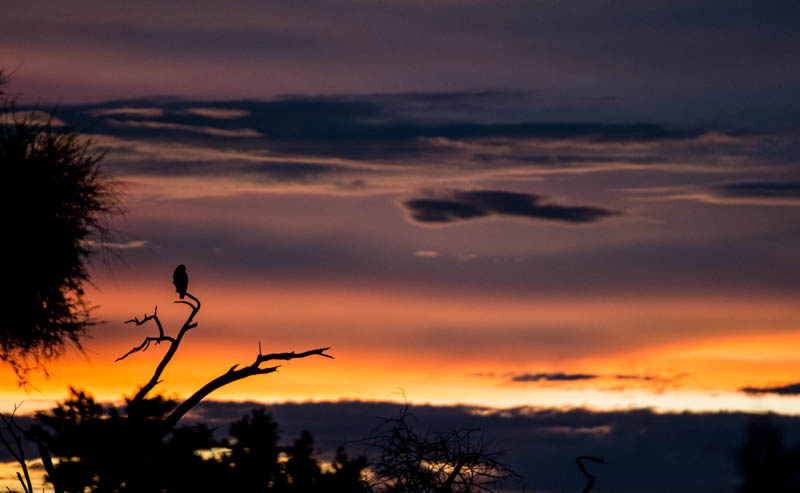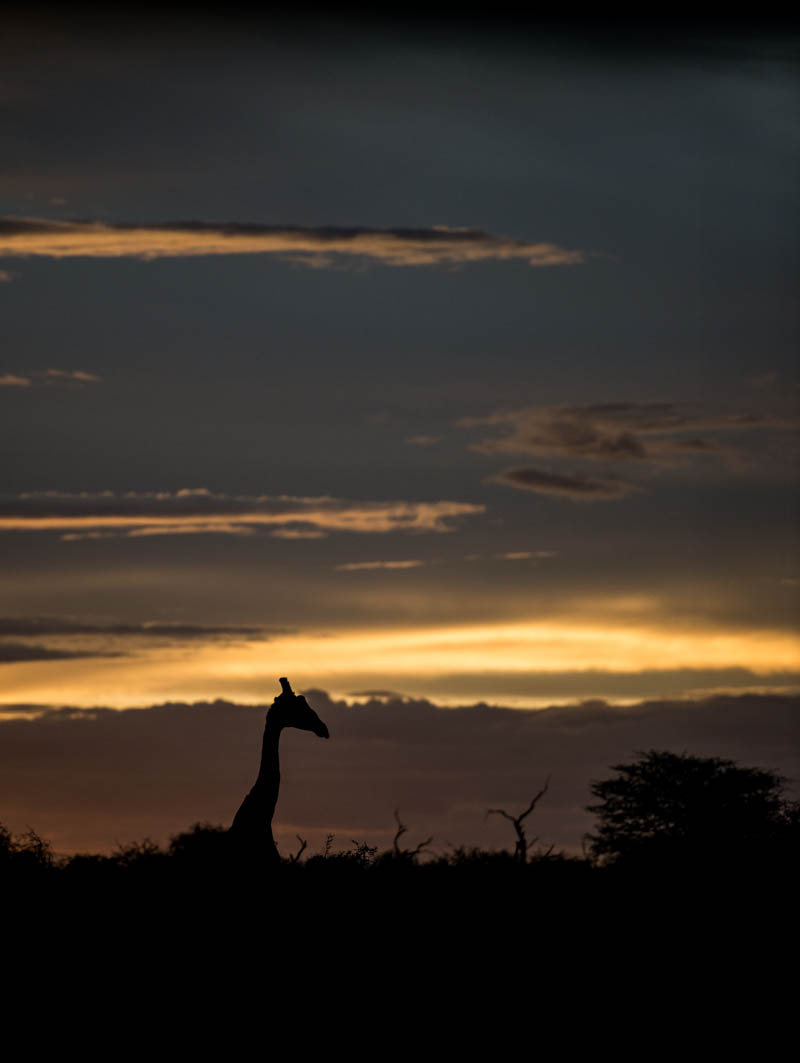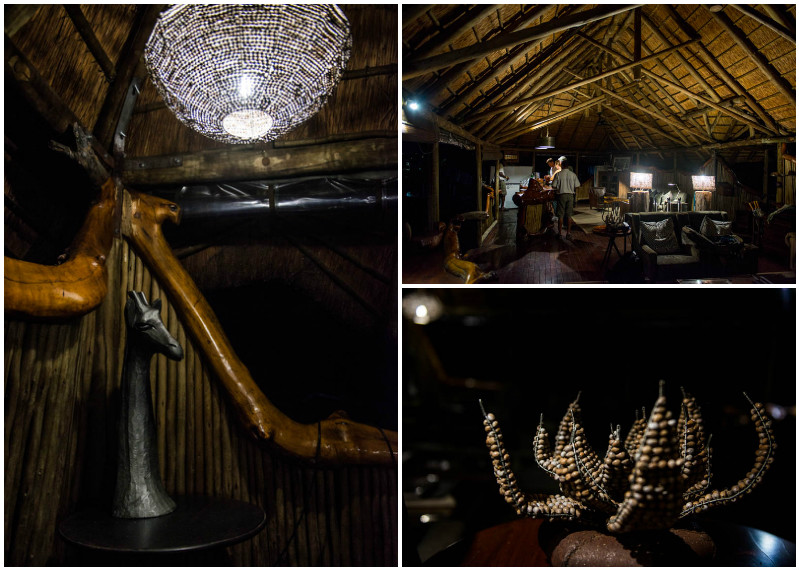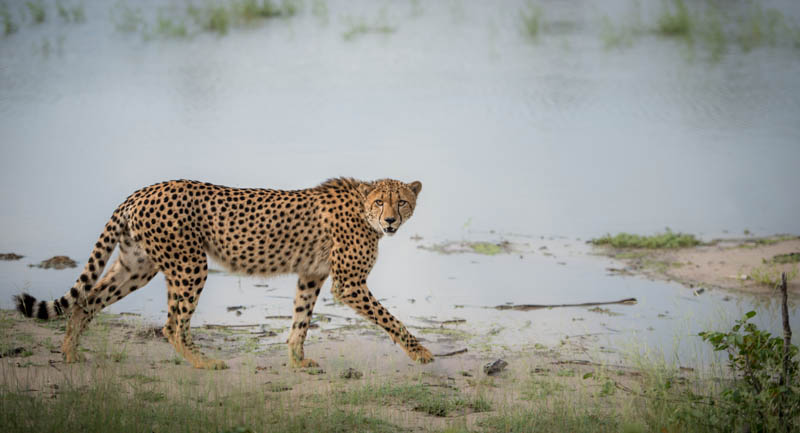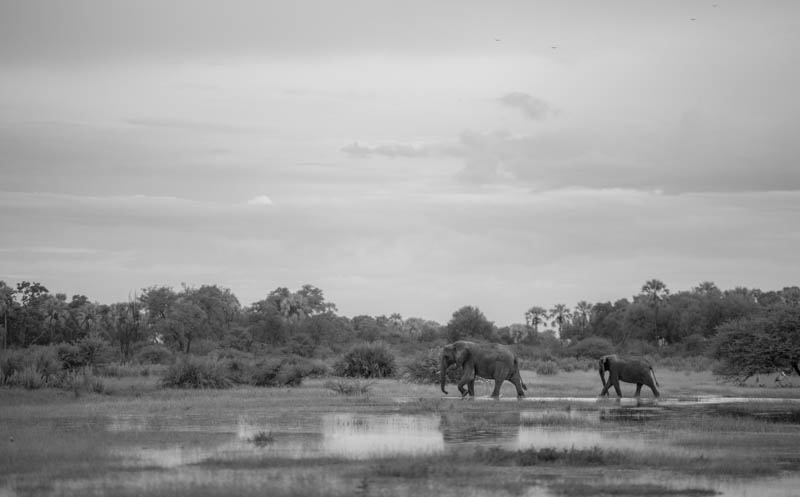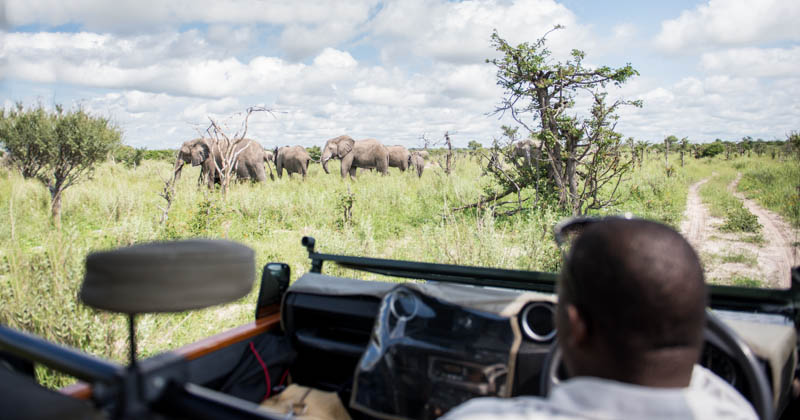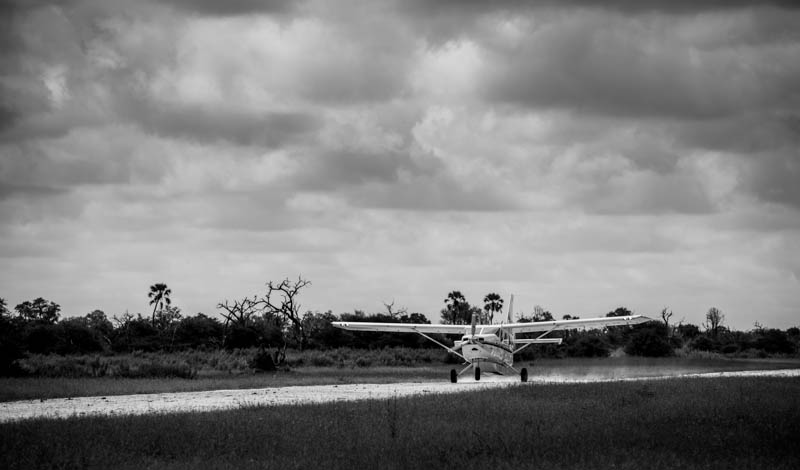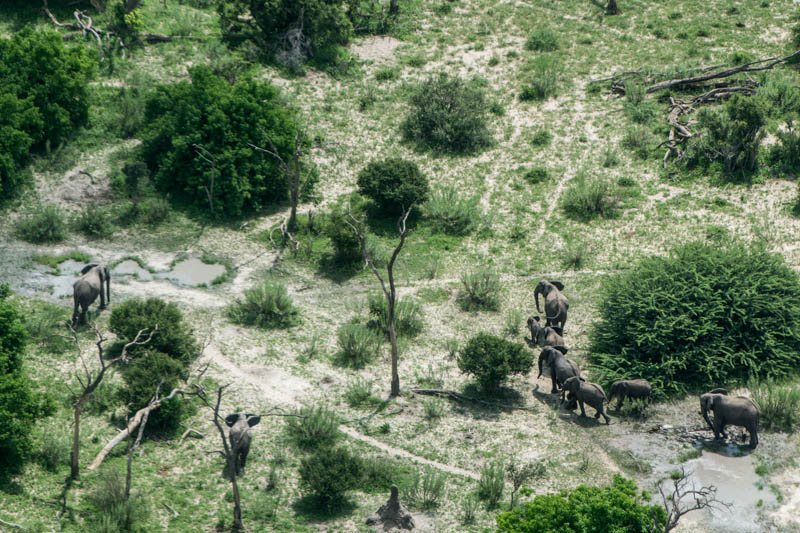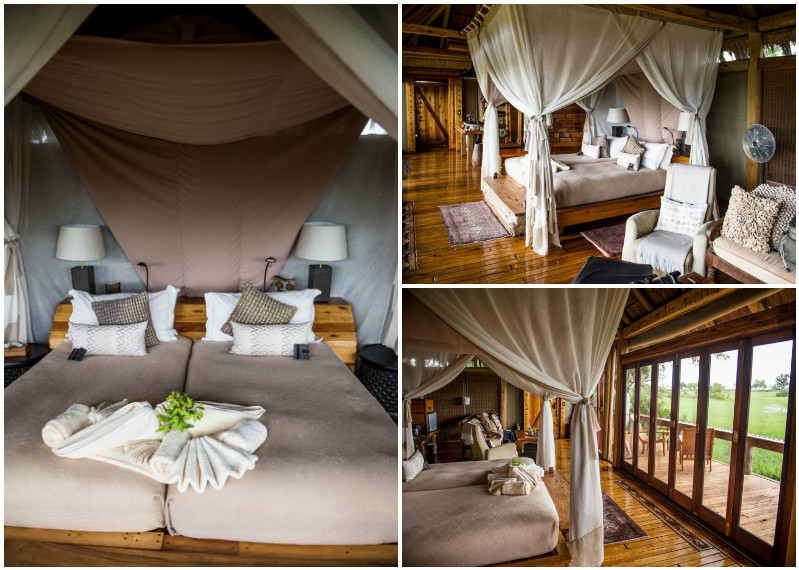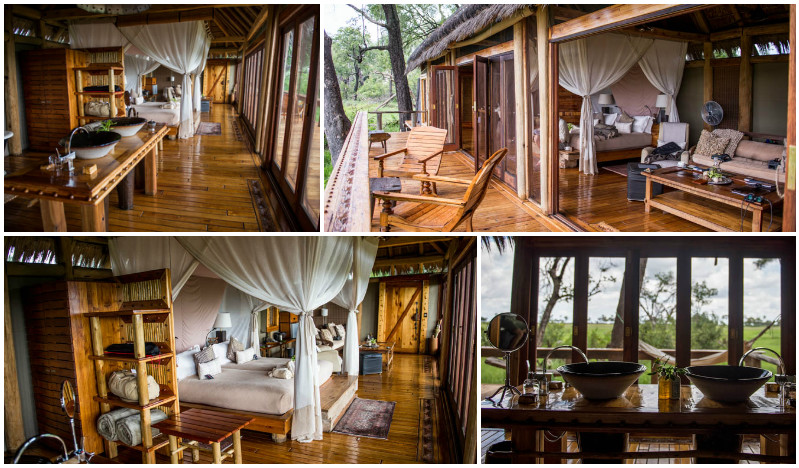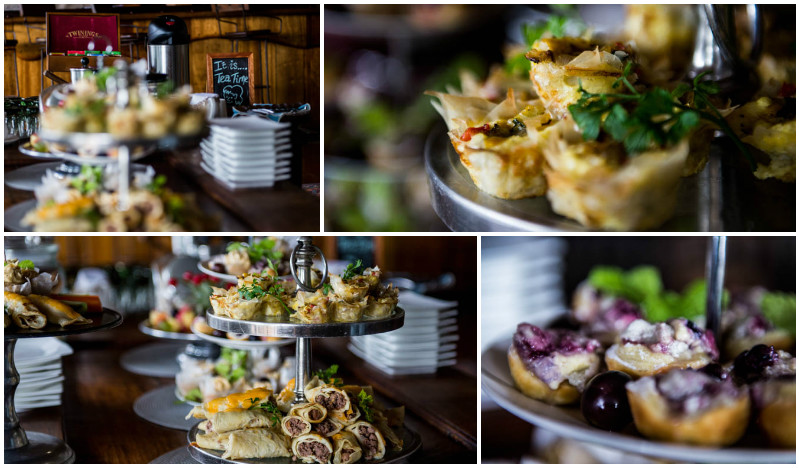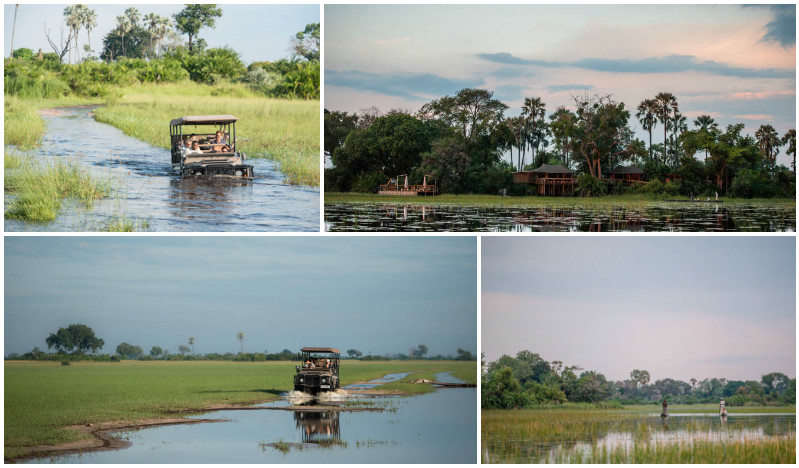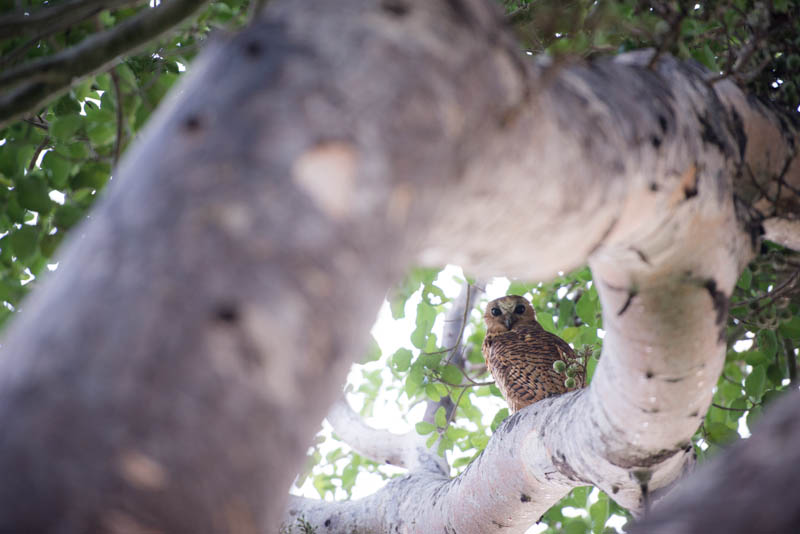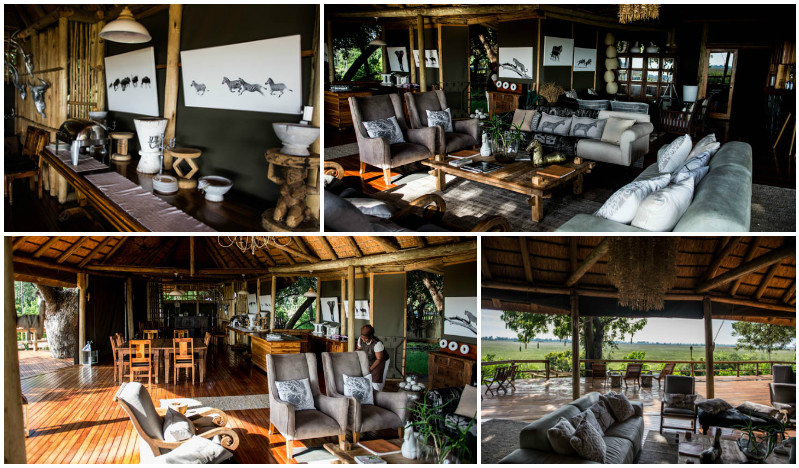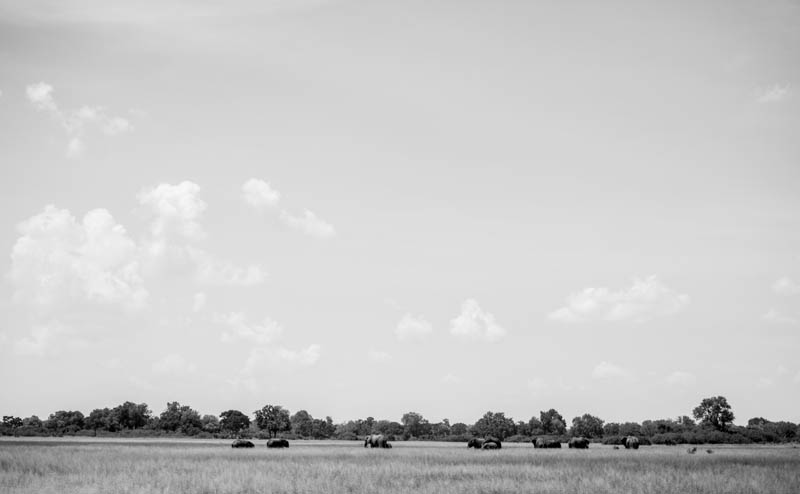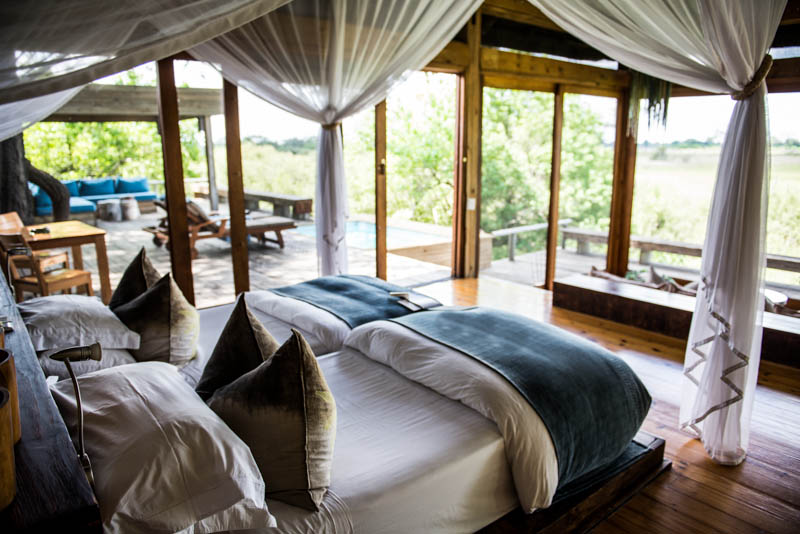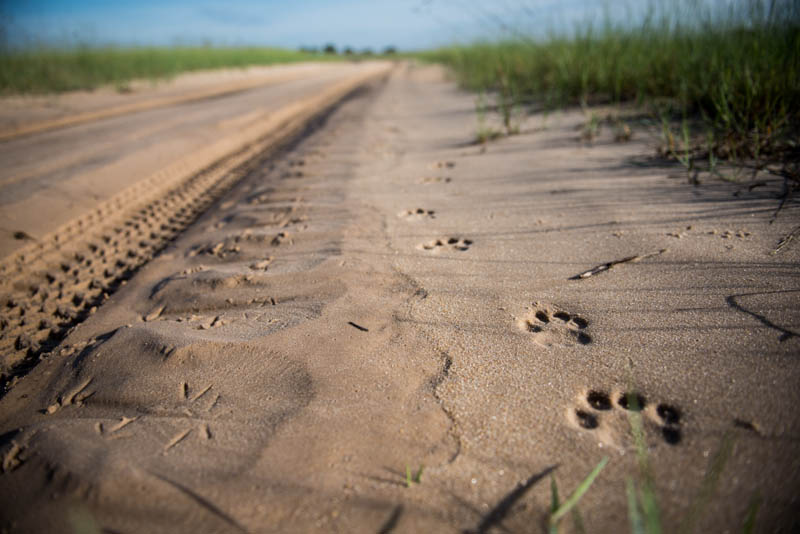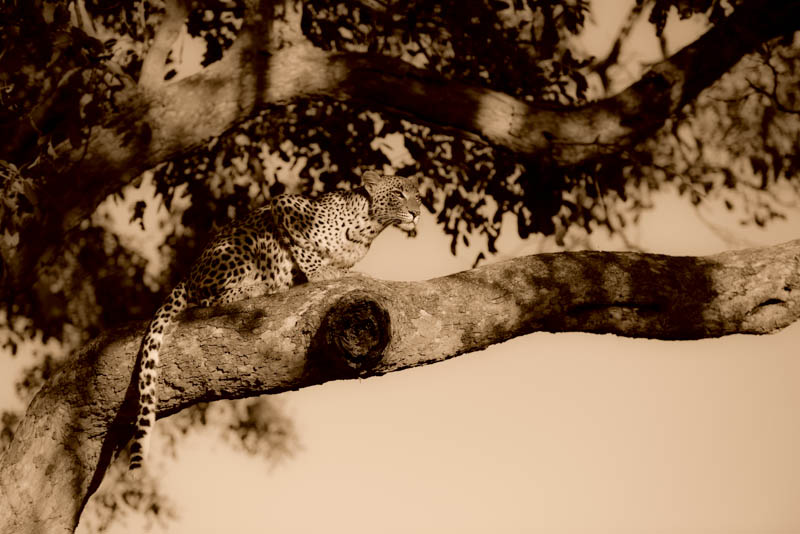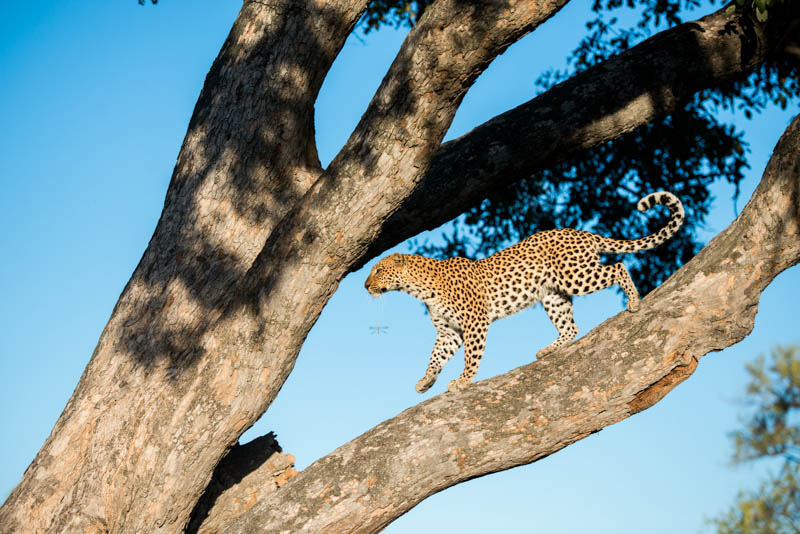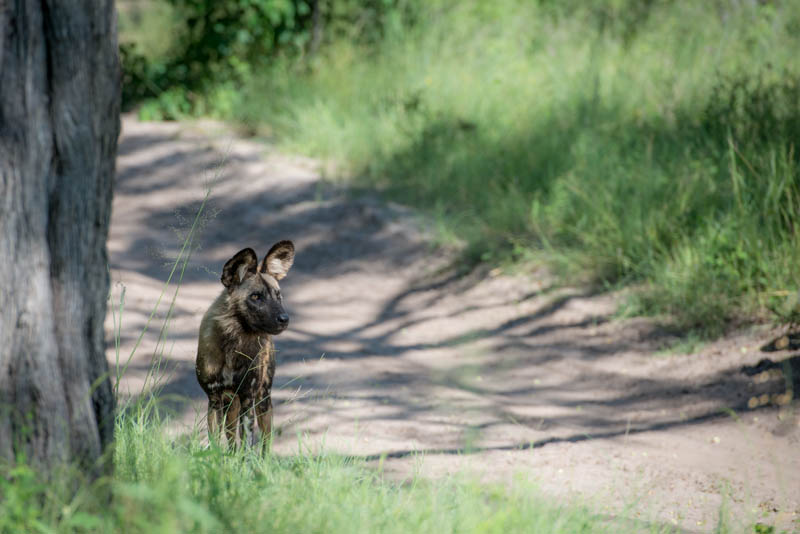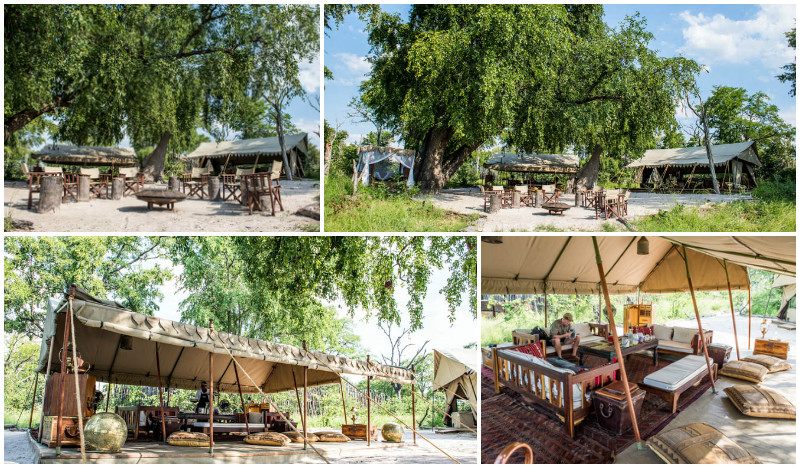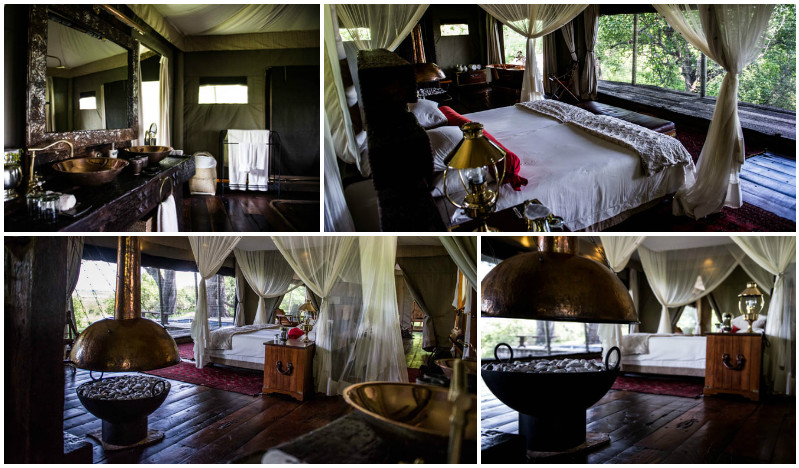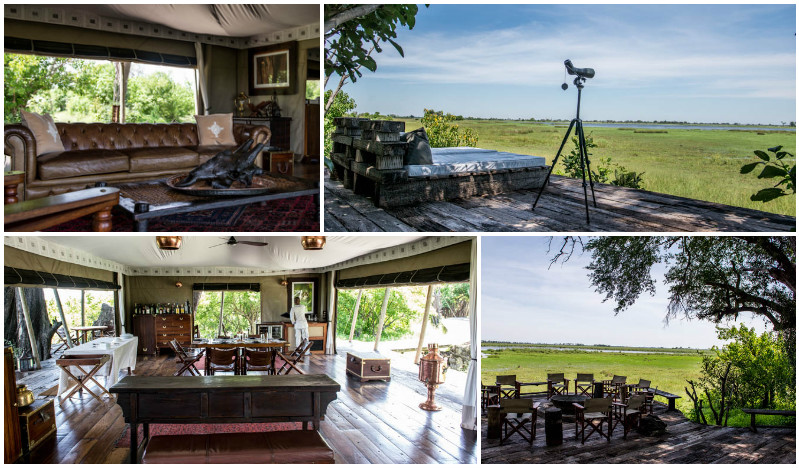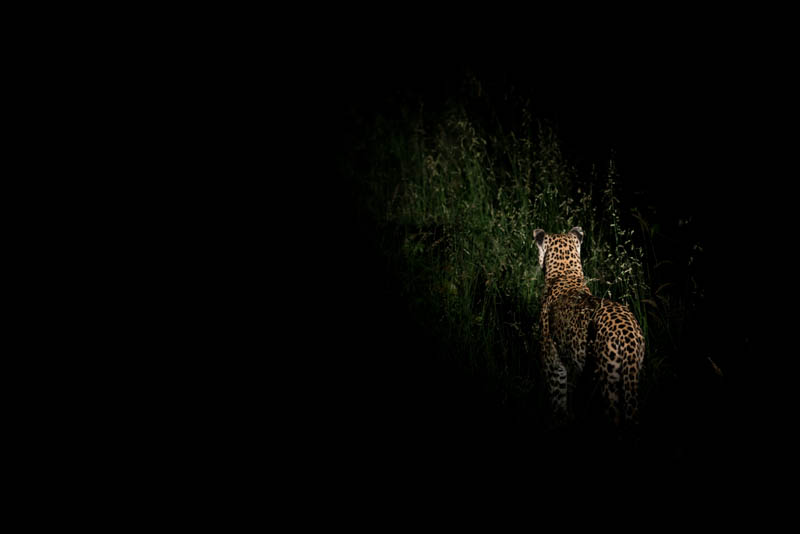Botswana’s beauty – The Okavango Delta and Selinda concession
What was once a dream and a distant hope for two bush lads became a reality a few weeks ago. Mark Smith and Mike Sutherland were to visit Botswana – the Okavango Delta and the Selinda concession. They were to live the dream in one of the oldest and wildest parts of Africa, to explore its’ beauty, experience the lodges and to immerse themselves in the wildlife and the culture.
Towering dark grey storm clouds welcomed us to Maun Airport, followed by drenching downpours. Not exactly the first thing you want to see when you are about to head out in an 8 seater single propelled aircraft to enjoy a safari. This however, is not an unusual afternoon occurrence in Northern Botswana at this time of the year and is especially welcomed by the people living in this area and the massive wilderness areas of the Okavango Delta.
The dark clouds that halted our departure in this small aircraft, our entry into the Okavango Delta.
Once the storm had passed we departed and our pilot expertly skirted the massive clouds and landed us safely on the Chitabe runway. We were welcomed by an extremely friendly Wilderness Safaris staff member, who gave us and two other guests the option of heading to the lodge or meeting up with our guide and going straight on game drive. Despite the slight drizzle (unnoticed due to the roof on the vehicle), we were unanimous in our excited and eager reply – game drive! We spent the afternoon searching for a coalition of male lions who had most probably headed for a thicket due to the heavy downpours. Wide open grasslands interspersed with feverberry thickets and massive jackalberry trees, together with tall stately lala palms provided for some fantastic diverse scenery. Despite getting stuck in the newly mudded roads (a perfect opportunity for an excuse to have a gin and tonic, as a passing ranger helped us out of our sticky situation), we had a memorable sighting of a herd of elephants crossing a floodplain, then some giraffe gave us an iconic African photographic opportunity as they paused in front of the setting sun. The birding highlight of the afternoon was a red-necked falcon – a special for this region.
We were welcomed to Chitabe camp and shown to our rooms via the raised wooden walkways. We then gathered in the main dining area for a delicious dinner, accompanied by great wine and tales of the sightings from the day.
After a much needed coffee we headed out on our morning game drive with a collective goal of cats on our minds. We watched the sun slowly climb above the horizon and scoured the landscape for any sign of lion, leopard or cheetah – all of which are found in good numbers in this area. Chitabe is renowned for it’s high concentrations of predators, with wild dogs and spotted hyenas also frequently seen. The cacophony of bird calls played out in the background as we enjoyed sightings of dazzles of zebra, journeys of giraffe, warthogs with piglets filtering out into the grasslands, and herds of buffalo. We frequently encountered elephants which all form part of the largest free ranging population of elephants in Africa – around 300 000! One herd we encountered numbered almost 100. Due to all the recent rain the bush was lush and green, making spotting quite challenging. Luck was on our side however, as we stopped to enjoy another elephant sighting, Mike lifted his binoculars to scan ahead and in his view were 2 cheetahs! A young male and female, siblings who had recently been left by their mother and in time will separate to go their own ways. Their full bellies meat they had recently eaten. We watched them slake their thirst at a pan with a raft of hippos in attendance. We followed them through an unusually dense area before they slumped to the ground in a shady patch to escape the now ever increasing heat from the sun.
After a stop for coffee and a stretch of the legs, we were privy to an unforgettable sighting. The guides had noticed a large number of vultures descending at a particular spot – which often indicates a kill, a dead animal, and potentially predators who would zone in on such vulture activity. We were greeted by the most incredible scene, as we noticed a lone female elephant in the shade provided by her massive bulk, a new born calf. We watched for over 30 minutes as the youngster made numerous wobbly attempts at standing, constantly encouraged by its protective, yet very calm mother. Eventually it stood up and shakily followed its mother as they slowly made their way towards the safety of the nearby herd.
A short flight over the myriad of papyrus reed beds alongside snaking channels of crystal clear water, we landed at the Jao airstrip. Our guide collected us and a short 10 minute drive later we were at Jao camp. This luxurious camp is elevated on silts, with rooms connected via raised wooden walkways and nestled amongst towering trees. We really felt like we had arrived in the Delta, as you are situated on the edge of the water (low at this time of the year).
The rooms are massive, open plan with expansive views over the surrounding floodplains. Bird song is ever present amongst the riverine vegetation.
We were shown the award winning spa which is one of a kind.
After a sumptuous lunch we watched another storm roll in and our afternoon drive was delayed by the downpour. It lasted 45 minutes. Roads had turned into rivers, as we watched the water filtering through the floodplains into the deeper pools and channels. The water adapted red Lechwe were ever present. This area has some amazing water birds as we ticked off rufous-bellied heron and slaty egret. We watched elephants enjoying the eruption of green grass, as we continued on our 1 hour journey to Jacana camp. We crossed ever deepening channels, where the water flowed over the bonnet of the impressive Land Rover. In the coming weeks the only way that some of these camps would be accessible, is by boat. Another 30 minute drive, followed by 5 minutes by boat and we were at the secluded and intimate Pelo camp. This camp only offers water based activities, whereby you can explore the surrounding channels and floodplains by boat or mekoro and potentially spot rarities such as the sitatunga antelope, and spotted-necked otter. As we were shown to one of the charming rooms, we were greeted by the birding highlight of the trip – a pair of pel’s fishing owls in a sycamore fig tree. A lifer for both of us, and a mega tick for the Southern African region. We enjoyed the sighting of the large owls as the light was fading and unfortunately needed to head back to the vehicle via the boat before dark. The sunset cast an amazing array of colours splashed across the still delta waters, as we meandered through the waterways.
Back on the vehicle we rounded a corner to be greeted by lanterns, chairs faced towards the sunset, and tables adorned with drinks and snacks. The sun disappeared below the horizon as the silence was broken by the deafening roars of lions – what a way to celebrate another fantastic day in the Delta! The short drive back to camp presented an opportunity to spot some of the lesser seen nocturnal animals, however besides a Verreaux’s eagle owl and square-tailed nightjar, it was rather quiet.
The morning saw us driving over an hour to have a look at Kwetsani camp. Again this camp is more accessible when the floodwaters peak, and one can boat along the channels to the camp itself (from Jao Camp or the airstrip). All these camps also offer access (typically via boat) to the infamous Hunda island, which is renowned for incredible leopard sightings and large herds of zebra, giraffe, and buffalo.
Although sad to leave the beautiful Jao area, we were very excited to get to Vumbura Plains – and we certainly were not disappointed. Another short flight further north to the edge of the main Delta floodplains, and we landed at Vumbura. Chris, our guide collected us and gauged our interests very quickly. He went about orientating us with regards to where we were, and what to expect in this particular area. An hour later after sightings of elephant, ubiquitous impala, red lechwe, waterbuck, kudu and giraffe, we arrived at Vumbura Plains camp. The open plan layout and view onto a large expanse of water immediately rendered this lodge a favourite. The rooms are spacious, tastefully decorated, and each with their own plunge pools to provide respite from the heat.
Chris suggested that afternoon we search for a pair of mating lions that had been seen in the morning. Our route unveiled the incredible diversity of this area, as we traversed mature mopane woodlands, dense Kalahari apple leaf stands, and open grasslands. A thorough search eventually brought us luck as Mark expertly spotted a tuft of mane above the grass. The lion and lioness immediately started moving through a impenetrable apple leaf thicket. Attempting to catch them on the other side, we encountered a magnificent sable antelope bull – a very special animal to see.We had no further luck locating the lions, but did manage to spot a group of 3 honey badgers which is a rare sighting. A fantastic sunset accompanied by a gin and tonic rounded off an awesome drive.
Back at camp we were treated to a memorable Boma dinner under the stars. The camp choir performed songs and dance which entertained us until a delicious, traditional dinner was served. Drinks alongside a roaring fire with the waters of the Delta in front of us provided a perfect end to the day.
Vumbura revealed the best sunrise across the waterways in front of the lodge as we departed on drive. Our aim was to see Little Vumbura camp, an hours drive away – which was delayed when we found fresh tracks of a female leopard and then almost immediately, spotted the beautiful cat pacing stealthily down the road. We followed her on her early morning patrol and then had the sighting of the trip as she scaled a massive apple leaf tree. She posed for us in the glowing dawn light, until eventually descending the tree and then disappearing in the dense bush.
With spirits high we made it to the Little Vumbura jetty, from where we boated to the camp itself (the only way of accessing this camp). After our quick look at the camp, Chris had one more surprise for us. A pack of 9 wild dog. We caught them at the end of their morning’s hunt, which for once seemed to have been unsuccessful. We followed them as they trotted through the long green grass, until finding a shady spot on the sandy road,where they settled down for the day.
The perfect combination of rewarding game drives and optional water activities (boats, Mekoro’s and fishing), makes Vumbura Plains a favourite if you are wanting to experience all the Delta has to offer in one location.
One would think that after such a busy trip this would be the end, but that was not the case. Next we were on to one of the most unique and beautiful concessions in North Eastern Botswana. The Selinda concession offers guests the most remote, untamed experience in Southern Africa (in our opinion). With only 3 camps on this concession, and owned and run by Great Plains Conservation, we were able to end our trip with 2 final stops. Selinda Explorers camp and Zarafa camp.
Selinda Explorers camp is the most raw and authentic camps we visited. Located on the Selinda Spillway . The camp is completely under canvas with 4 tents set up “on the earth” to allow guests to connect with the wilderness. This camp is for the true explorers, and those seeking a adventure. With the Spillway metres from the camp fire, guests have the ability to take a walk through Jackaberry forests west of the camp and then canoe down the sSillway back to camp for breakfast, or head out on a game drive to explore this vast land.
With being so close to nature and its raw beauty, it allows one to reflect and take in your surroundings. We were fortunate to hear lions and leopard calling from camp during the night, not to mention the owls and hyena that ensured we knew we were in a remote part of the world.
From Selinda Explorers camp, it is a 2 hour drive to get to Zarafa. This is where we would be spending our last night on the trip. We combined this with a morning game drive and set out with breakfast on board. We traversed this beautiful concession birding and tracking the entire morning, allowing us to enjoy the landscape and take it all in – one of the most pristine areas left on the planet.
After a long morning with little success, we arrived at our final destination, Zarafa camp. We were met with warm friendly staff who would do anything to accommodate us in every possible way.
The lodge overlooks a large body of water known as the Zibadianja lagoon. This is the source of the Savute channel, and provides the most peaceful setting to relax during the day. Birding off the deck or in the comfort of your room, with your own private plunge pool and classically styled room is a really incredible way to spend a day.
Despite wanting to take advantage of the most amazing room and ldoge area, we set out on drive and our guide enlightened us on the area.We were treated to an amazing sighting of a female leopard moving through the night, hunting impala. She was unsuccessful so we ended the evening with a perfect meal in the company of the other guests on the deck of the lodge overlooking the lagoon.
To reminisce is to “indulge in an enjoyable recollection of memorable events that have past.” This is exactly what this blog has allowed us to do. It has allowed us to revisit this incredible place in our minds through stories and pictures. Not only this, but it has given the reader an opportunity to live the story together with us.
The Okavango Delta and Selinda concession have to be seen and experienced to understand the overwhelming natural beauty that they posses. The luxurious lodges and the incredible people that run them combine to provide a safari experience that will never be forgotten.
Written and Photographed by: Mike Sutherland and Mark Smith
